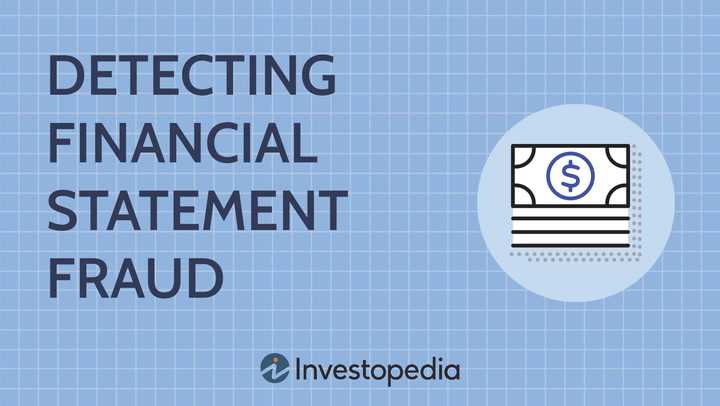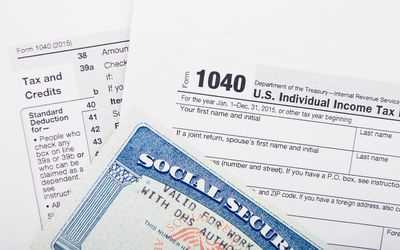What is the SECA Tax?

The Self-Employed Contributions Act (SECA) Tax is a tax that self-employed individuals in the United States are required to pay. It is a tax that is similar to the Social Security and Medicare taxes that are withheld from the paychecks of employees. However, since self-employed individuals do not have an employer to withhold these taxes, they are responsible for paying them on their own.
The SECA Tax is designed to ensure that self-employed individuals contribute to the Social Security and Medicare programs, just like employees do. These programs provide benefits such as retirement income, disability benefits, and healthcare coverage for individuals and their families.
How is the SECA Tax Calculated?
The SECA Tax is calculated based on the net earnings of the self-employed individual. Net earnings are calculated by subtracting business expenses from the total income generated by the self-employed individual. The tax rate for the SECA Tax is currently 15.3%.
The 15.3% tax rate is divided into two parts: 12.4% for Social Security and 2.9% for Medicare. For the Social Security portion, the tax is only applied to the first $142,800 of net earnings for the year (as of 2021). There is no cap on the amount of net earnings subject to the Medicare portion of the tax.
It is important to note that self-employed individuals are responsible for paying both the employer and employee portions of the SECA Tax. This means that they are responsible for paying the full 15.3% tax rate, whereas employees only pay half of this amount, with the other half being paid by their employer.
Self-employed individuals are required to report their net earnings and pay the SECA Tax on a quarterly basis. They can do this by filing Form 1040-ES, which is the Estimated Tax for Individuals form. Failure to pay the SECA Tax can result in penalties and interest charges.
Who is Subject to the SECA Tax?
The Self-Employed Contributions Act (SECA) tax is applicable to individuals who are self-employed and earn income from self-employment activities. This includes individuals who operate their own businesses, work as independent contractors, or are involved in freelance work.
Additionally, individuals who earn income from partnerships or limited liability companies (LLCs) where they are considered self-employed are also subject to the SECA tax. This means that if you receive a share of the profits from a partnership or LLC, you are responsible for paying the SECA tax on that income.
However, not all self-employed individuals are subject to the SECA tax. There are certain exceptions and exemptions that may apply. For example, if you are a member of a religious group that has a conscientious objection to Social Security benefits, you may be exempt from paying the SECA tax. Additionally, individuals who earn below a certain threshold of self-employment income may also be exempt from the tax.
How is the SECA Tax Calculated?

The Self-Employed Contributions Act (SECA) tax is calculated based on the net earnings of self-employed individuals. It is important to understand how this tax is calculated in order to properly manage your tax obligations as a self-employed person.
The SECA tax is calculated using a two-step process. First, you need to determine your net earnings from self-employment. This is done by subtracting your allowable business expenses from your total self-employment income. Allowable business expenses include things like office rent, supplies, and equipment costs.
Once you have determined your net earnings, you can then calculate the SECA tax. The SECA tax rate is currently set at 15.3%. However, this rate is divided into two parts: 12.4% for Social Security and 2.9% for Medicare.
For the Social Security portion, the tax is only applied to the first $132,900 of net earnings. Any net earnings above this threshold are not subject to the Social Security portion of the SECA tax. For the Medicare portion, there is no income threshold, so all net earnings are subject to the 2.9% tax.
To calculate the SECA tax, you multiply your net earnings by the appropriate tax rate. For example, if your net earnings are $50,000, the Social Security portion of the SECA tax would be calculated as $50,000 * 12.4% = $6,200. The Medicare portion would be calculated as $50,000 * 2.9% = $1,450. The total SECA tax would then be $6,200 + $1,450 = $7,650.
It is important to note that the SECA tax is in addition to any income tax you may owe. As a self-employed individual, you are responsible for paying both the SECA tax and your income tax obligations. It is recommended to consult with a tax professional or use tax software to ensure you are accurately calculating and paying your SECA tax.
| Net Earnings | Social Security Tax | Medicare Tax | Total SECA Tax |
|---|---|---|---|
| $50,000 | $6,200 | $1,450 | $7,650 |

Emily Bibb simplifies finance through bestselling books and articles, bridging complex concepts for everyday understanding. Engaging audiences via social media, she shares insights for financial success. Active in seminars and philanthropy, Bibb aims to create a more financially informed society, driven by her passion for empowering others.
